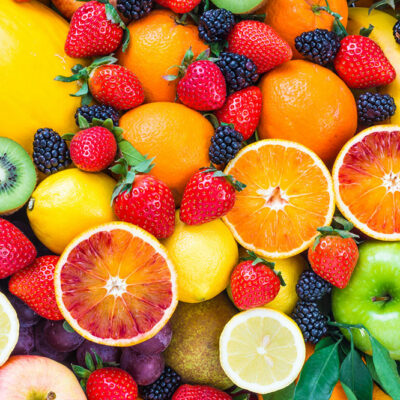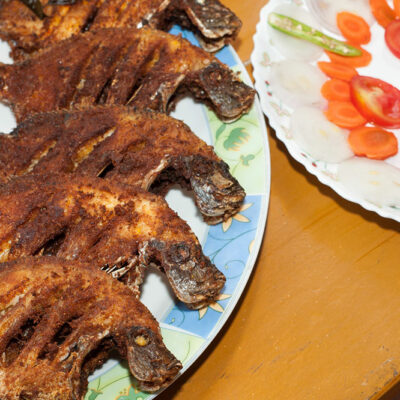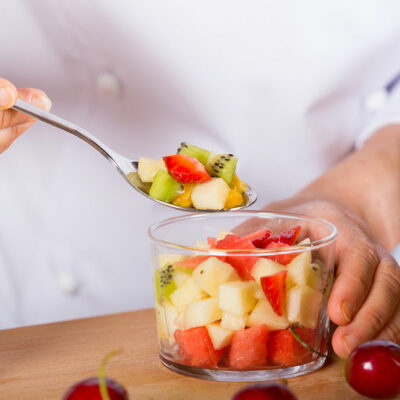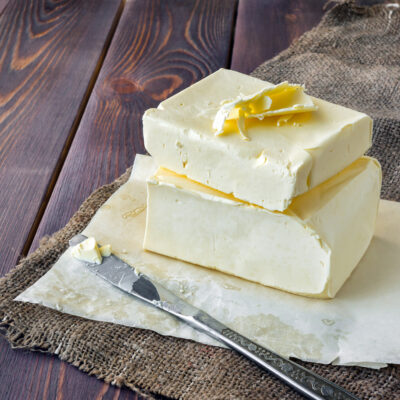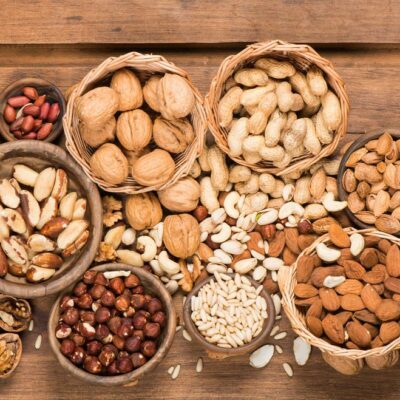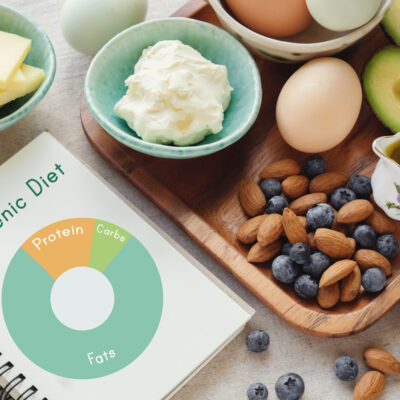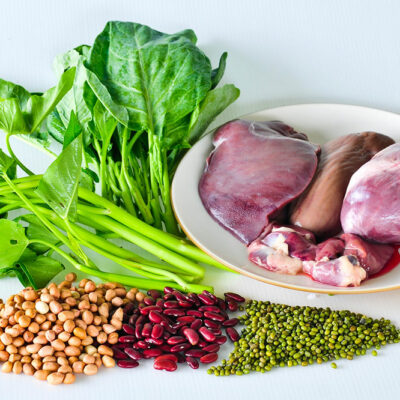
Food for Health
Avoid These Foods to Prevent The Risk of Breast Cancer
When it comes to breast cancer, it is important to remember that a single type of food cannot cause or prevent the condition. But certain foods will help you maintain your overall health, thus eliminating the risk of developing breast cancer. Eating healthy has a number of benefits — a major one being preventing the risk of breast cancer. Every individual should know which foods are beneficial and harmful for them. This goes a long way in preventing many conditions. Here’s a list of foods that have been linked to the occurrence of breast cancer. Fatty foods The type of fat you consume can increase the risk of breast cancer. Saturated dietary fats and trans fats are found in red meat like bacon, sausage, and ham. Beef, lamb, and organ meats that are deep-fried, barbecued, or grilled must also be avoided because cancer-causing carcinogens are produced when meat is cooked at high temperatures. Non-dairy creamers, processed cheese, butter, margarine, shortening, ice cream, frozen, ready-to-eat meals, bakery goods and packaged, processed foods like chips, snacks, cookies, crackers, pies, and pastries, all contain partially hydrogenated vegetable oils, unnecessarily high amounts of added sugar and salt, and a host of other cancer-inducing chemical preservatives, food colorings, and additives.
Read More 